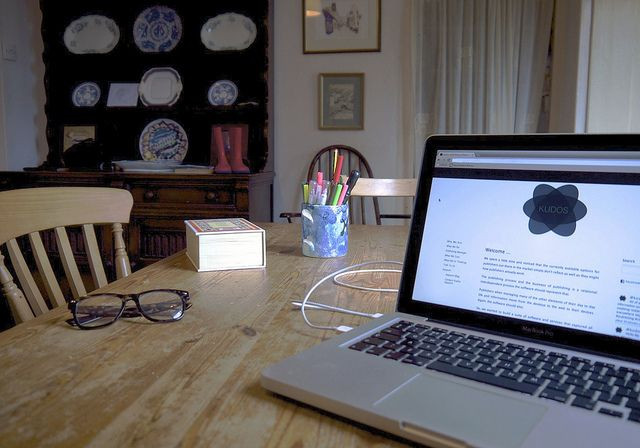Employees’ Job Satisfaction Improved And Productivity Increased By 13% When Working At Home

Many wired workers living in the Northeast are working from home today due to the... let's call it wanna-be blizzard. For this reason, the details of a recent study from Stanford should pique your interest. Over the course of a nine-month test run, home-workers’ performance increased dramatically — a full 13 percent boost in productivity, researchers report, while their job satisfaction also substantially improved. However, following the experiment, the participants made some surprising career choices.
Do employees get as much done when they work from home or do these policies actually cause plummeting productivity? This was the question posed by Dr. Nicholas Bloom, a professor of economics at Stanford University, and Dr. John Roberts, professor emeritus of economics at Stanford’s Graduate School of Business. To investigate, the two professors and their students enlisted the help of Ctrip, China’s largest travel agency and a publicly-listed company. After all, James Liang, co-founder and chairman of Ctrip, happened to be a member of the research team and he had been wanting to experiment with new business practices.
Specifially, Liang had been considering a test run of a work-from-home (WFH) policy. With rents rising at its Shanghai headquarters and high staff turnover — 50 percent annually — Liang thought a WFH policy might improve his business and his balance sheet.
To begin, Ctrip concentrated its nine-month experiment on just two divisions within its Shanghai call center. Only employees with at least six months’ experience at the firm participated in the experiment, which involved WFH volunteers and a work-in-the-office control group. Essentially, little changed — both home- and office-based employees worked the same shifts, in their same groups, under the same managers — the single difference between the two groups was location.
At the conclusion of the experiment, the researchers accessed and compared data derived from Ctrip’s extensive, computerized records of employee work-time, sales, and customer interactions.
And the Results Were...?
Performance of the home-workers increased by 13 percent over the course of nine months, the researchers discovered. Though most of this was due to a reduction in the number of breaks and sick days employees took, the home-workers were also more productive per minute. The employees themselves said this was a result of quieter working conditions at home. WFH employees also reported substantially higher work satisfaction and less “work exhaustion” in a psychological attitudes survey. Meanwhile, the control group’s productivity remained consistent with past calculations. Staff turnover rates fell sharply among the WFH employees, dropping by nearly 50 percent compared to the control group.
The biggest surprise, though, comes last. Following the experiment, Ctrip’s management rolled out the WFH policy to the entire firm. However, only half of the home-workers returned to the office, while three quarters of the control group — all had wanted to work from home during the experiment phase — decided to stay in the office, as well.
Apparently, there is only one problem with working from home, the researchers discovered after analyzing answers to their survey questions. Employees get lonely.
Source: Bloom N, Liang J, Roberts J, Ying ZJ. Does working from home work? Evidence form a Chinese Experiment. NBER. 2013.



























